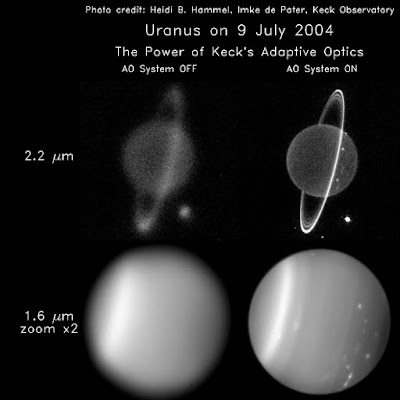This first photo is a picture I took of a huge bear paw print we saw the night before last. We thought we smelled the musky smell of a bear two or three times, too, but we just kept on hiking. Notice the nickle we used for reference.













Amazing World in My Blogs Here













Only six more space shuttle launches to the end of the program that commenced launching in April 1981. Watching the space shuttle and the orbiting space station together this next week is a real possibility with clear weather conidtions. Check your location for viewing here. This video is a high-speed sample.














 Are You In Need Of An Embeddable Virtual Business Card With All Your Social Profiles Linked To It? If Yes, Then This Post Will Help You To Get One.
Are You In Need Of An Embeddable Virtual Business Card With All Your Social Profiles Linked To It? If Yes, Then This Post Will Help You To Get One.The Big Bang Briefly 1 from Keith Olwell on Vimeo.


 With twenty-one lunar proposals now underway for the Decadal Survey, the Moon will have a niche within the NASA science exploration efforts on such matters as South Pole-Aitken Basin, Lunar Dusty Exosphere, Lunar Helium-3 Fusion Resource Distribution, Origins of Lunar Remanent Crustal Magnetism and several more.
With twenty-one lunar proposals now underway for the Decadal Survey, the Moon will have a niche within the NASA science exploration efforts on such matters as South Pole-Aitken Basin, Lunar Dusty Exosphere, Lunar Helium-3 Fusion Resource Distribution, Origins of Lunar Remanent Crustal Magnetism and several more.  Space Shuttle Discovery may launch Friday with two launch opportunities in the making. Here is more from NASA on the mission status. The Discovery launch, mission events at the International Space Station, and landing of the space shuttle will be webcast on NASA-TV. Discovery may spend its 25th birthday in-orbit.
Space Shuttle Discovery may launch Friday with two launch opportunities in the making. Here is more from NASA on the mission status. The Discovery launch, mission events at the International Space Station, and landing of the space shuttle will be webcast on NASA-TV. Discovery may spend its 25th birthday in-orbit.













 "We have scrubbed [the Discovery space shuttle launch] for the evening, officially at 5:52 p.m. Eastern," said launch commentator Allard Beutel. "The last half an hour or so, a problem cropped up with a fill-and-drain valve in the bottom part of the shuttle, the aft part of the shuttle, related to the liquid hydrogen. This particular valve ... gave indications it did not close when it was commanded to." And, so was the word from the Kennedy Space Center launch pad. A rescheduled launch time and date have yet to be announced.
"We have scrubbed [the Discovery space shuttle launch] for the evening, officially at 5:52 p.m. Eastern," said launch commentator Allard Beutel. "The last half an hour or so, a problem cropped up with a fill-and-drain valve in the bottom part of the shuttle, the aft part of the shuttle, related to the liquid hydrogen. This particular valve ... gave indications it did not close when it was commanded to." And, so was the word from the Kennedy Space Center launch pad. A rescheduled launch time and date have yet to be announced. 







